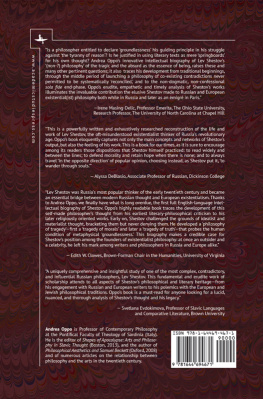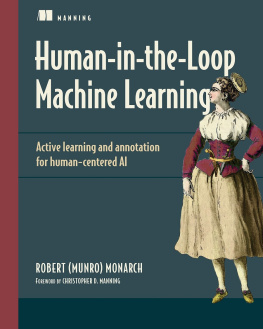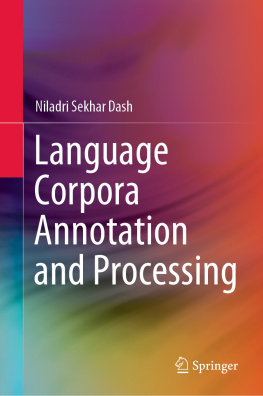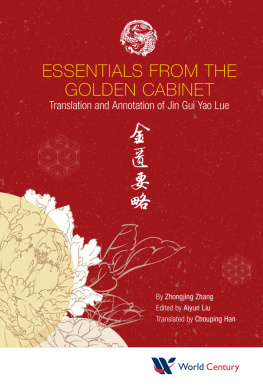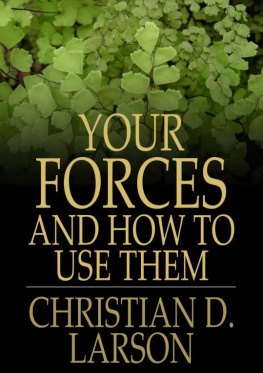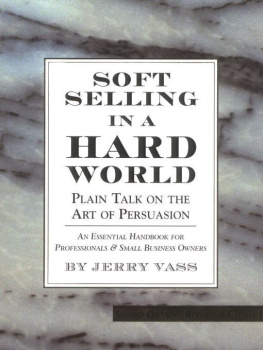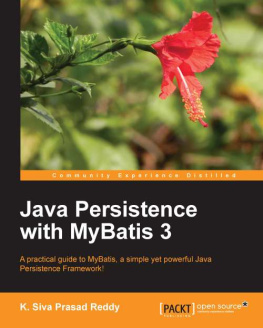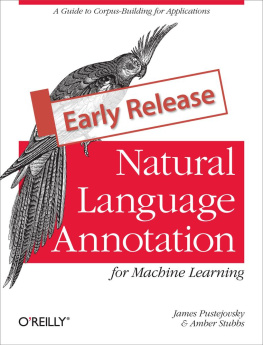Tolstoi Leo - Voskreseniye
Here you can read online Tolstoi Leo - Voskreseniye full text of the book (entire story) in english for free. Download pdf and epub, get meaning, cover and reviews about this ebook. year: 1999, publisher: Oxford University Press USA - OSO, genre: Non-fiction. Description of the work, (preface) as well as reviews are available. Best literature library LitArk.com created for fans of good reading and offers a wide selection of genres:
Romance novel
Science fiction
Adventure
Detective
Science
History
Home and family
Prose
Art
Politics
Computer
Non-fiction
Religion
Business
Children
Humor
Choose a favorite category and find really read worthwhile books. Enjoy immersion in the world of imagination, feel the emotions of the characters or learn something new for yourself, make an fascinating discovery.

- Book:Voskreseniye
- Author:
- Publisher:Oxford University Press USA - OSO
- Genre:
- Year:1999
- Rating:3 / 5
- Favourites:Add to favourites
- Your mark:
- 60
- 1
- 2
- 3
- 4
- 5
Voskreseniye: summary, description and annotation
We offer to read an annotation, description, summary or preface (depends on what the author of the book "Voskreseniye" wrote himself). If you haven't found the necessary information about the book — write in the comments, we will try to find it.
Voskreseniye — read online for free the complete book (whole text) full work
Below is the text of the book, divided by pages. System saving the place of the last page read, allows you to conveniently read the book "Voskreseniye" online for free, without having to search again every time where you left off. Put a bookmark, and you can go to the page where you finished reading at any time.
Font size:
Interval:
Bookmark:
OXFORD WORLDS CLASSICS
RESURRECTION
COUNT LEO NIKOLAYEVICH TOLSTOY, the youngest of four brothers, was born in 1828 at Yasnaya Polyana, his fathers estate in Tula province, about two hundred miles from Moscow. His mother died when he was two, and his father when he was nine. He revered their memory, and they were the inspiration for his portraits of Princess Mary and Nicholas Rostov in War and Peace. Both his mother and father belonged to the Russian nobility, and Tolstoy always remained highly conscious of his aristocratic status, even when towards the end of his life he embraced and taught doctrines of Christian equality and the brotherhood of man.
He served in the army in the Caucasus and the Crimea, where as an artillery officer at the siege of Sevastopol he wrote his first stories and impressions. After leaving the army he travelled and studied educational theories, which deeply interested him. In 1862 he married Sophia Behrs and for the next fifteen years lived a tranquil and productive life as a country gentleman and author. War and Peace was finished in 1869 and Anna Karenina in 1877. He had thirteen children. In 1879, after undergoing a severe spiritual crisis, he wrote the autobiographical A Confession, and from then on he became a Tolstoy n, seeking to propagate his views on religion, morality, non-violence, and renunciation of the flesh. He continued to write, but chiefly in the form of parables, tracts, and morality playswritten with the left hand of Tolstoy as a Russian critic has put itthough he also composed a late novel, Resurrection, and one of his finest tales, Hadji Murat. Because of his new beliefs and disciples, and his international fame as pacifist and sage, relations with his wife became strained and family life increasingly difficult. At last in 1910, at the age of 82, he left his home and died of pneumonia at a local railway station.
RICHARD F. GUSTAFSON, Professor of Russian at Barnard College, Columbia University, is a specialist in Russian literature and religious philosophy. He is the author of Leo Tolstoy: Resident and Stranger (1986) and has edited a collection of Tolstoys short stories for Oxford Worlds Classics, The Kreutzer Sonata and Other Stories (1997).
OXFORD WORLDS CLASSICS
For over 100 years Oxford Worlds Classics have brought readers closer to the worlds great literature. Now with over 700 titlesfrom the 4,000-year-old myths of Mesopotamia to the twentieth centurys greatest novelsthe series makes available lesser-known as well as celebrated writing.
The pocket-sized hardbacks of the early years contained introductions by Virginia Woolf, T. S. Eliot, Graham Greene, and other literary figures which enriched the experience of reading. Today the series is recognized for its fine scholarship and reliability in texts that span world literature, drama and poetry, religion, philosophy and politics. Each edition includes perceptive commentary and essential background information to meet the changing needs of readers.
Refer to the to navigate through the material in this Oxford Worlds Classics ebook. Use the asterisks (*) throughout the text to access the hyperlinked Explanatory Notes.
OXFORD WORLDS CLASSICS

LEO TOLSTOY

Translated by
LOUISE MAUDE
With an Introduction and Notes by
RICHARD F. GUSTAFSON


Great Clarendon Street, Oxford OX2 6DP
Oxford University Press is a department of the University of Oxford.
It furthers the Universitys objective of excellence in research, scholarship, and education by publishing worldwide in
Oxford New York
Athens Auckland Bangkok Bogot Buenos Aires Calcutta
Cape Town Chennai Dar es Salaam Delhi Florence Hong Kong Istanbul
Karachi Kuala Lumpur Madrid Melbourne Mexico City Mumbai
Nairobi Paris Sao Paulo Singapore Taipei Tokyo Toronto Warsaw
with associated companies in Berlin Ibadan
Oxford is a registered trade mark of Oxford University Press
in the UK and in certain other countries
Published in the United States
by Oxford University Press Inc., New York
Introduction, Select Bibliography, and Notes
Richard F. Gustafson 1994
Chronology Henry Gifford 1983
The moral rights of the author have been asserted
Database right Oxford University Press (maker)
Resurrection first published 1899
This translation first published 1916
First published as a Worlds Classics paperback 1994
Reissued as an Oxford Worlds Classics paperback 1999
All rights reserved. No part of this publication may be reproduced, stored in a retrieval system, or transmitted, in any form or by any means, without the prior permission in writing of Oxford University Press, or as expressly permitted by law, or under terms agreed with the appropriate reprographics rights organizations. Enquiries concerning reproduction outside the scope of the above should be sent to the Rights Department, Oxford University Press, at the address above
You must not circulate this book in any other binding or cover and you must impose this same condition on any acquirer
British Library Cataloguing in Publication Data
Data available
Library of Congress Cataloging in Publication Data
Tolstoy, Leo, Graf, 18281910.
[Voskresenie. English]
Resurrection/Leo Tolstoy; translated by Louise Maude; with an
introduction by Richard F. Gustafson.
p. cm.(Oxford worlds classics)
Includes bibliographical references.
I. Maude, Louise Shanks, 18551939. II. Gustafson, Richard F.
III. Title. IV. Series.
PG3366.V7 1994 891.733 dc20 93 1694
ISBN 0192836420
3 5 7 9 10 8 6 4 2
Typeset by Datix International Limited, Bungay, Suffolk
Printed in Great Britain by
Cox & Wyman Ltd.
Reading, Berkshire
TEN years after having completed Anna Karenina and beginning A Confession, a work which inaugurated a period of intense involvement in social, moral, and religious issues, Tolstoy set out to write what was to become another ten years later (1899) his last novel, Resurrection. The first impulse to return to the novel form came with a story he heard from his lawyer friend Koni in 1887. An orphan girl, brought up by a wealthy lady, was seduced and then abandoned by a visiting relative of her benefactor. Upon hearing of her pregnancy, the lady drove the young girl from her house. The girl, who was forced to turn to prostitution, was subsequently charged with stealing money in a brothel and brought to trial. One of the members of the jury turned out to be her seducer who, his conscience now awakened, offered to marry her, but her death from typhoid made this impossible.
This tale moved Tolstoy because it resonated with his own past sexual indiscretions, the liaison with a peasant girl which he explored in 1889 in his story The Devil and especially his seduction of Gasha, his aunts maid, who was then driven out of the house and came to grief. Psychologically Resurrection began with the authors guilt, the noblemans repentance over his sexual violation of an innocent peasant woman. His first plan to write the Koni tale in 1890 focused on that guilt, his subsequent many failed attempts to write the novel continued to pursue just that theme, and the final novel thrusts Prince Nekhlyudov into a quest for redemption from his original sin with Katusha Maslova.
Next pageFont size:
Interval:
Bookmark:
Similar books «Voskreseniye»
Look at similar books to Voskreseniye. We have selected literature similar in name and meaning in the hope of providing readers with more options to find new, interesting, not yet read works.
Discussion, reviews of the book Voskreseniye and just readers' own opinions. Leave your comments, write what you think about the work, its meaning or the main characters. Specify what exactly you liked and what you didn't like, and why you think so.

